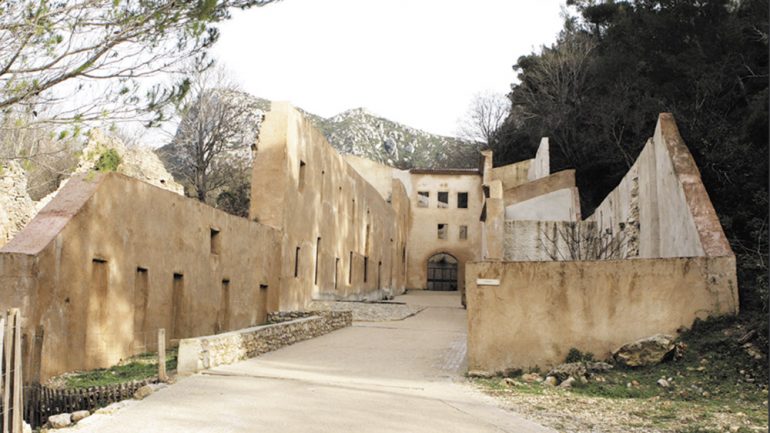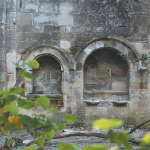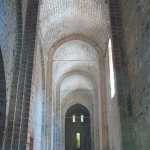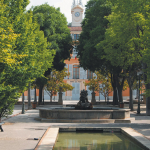In 1205 in Gémenos, in the heart of a forest, Dame Garcende decided to create a community of nuns despite the troubled-times of the Middle Ages. Her wish came true thanks to the support of the Bishop of Marseille, on land belonging to the Abbey of Saint-Victor, and money received from a number of churches. In 1223, Dame Garcende transformed the small monastery into a Cistercian Abbey.
The community adopted the principles of Citeaux with prayer and work as their founding values. Rapidly the community grew and with the support of local lords three annexes were built to house the increasing numbers: one in Mollégès, another in Almanarre near Hyères and the third in Marseille (Notre-Dame-de-Sion). A prosperous period began for the nuns who, despite the harsh conditions, transformed Saint-Pons into a major farming and industrial site thanks mainly to the Fauge river that turned the mills. Unfortunately, it did not last long. Despite the protection of the Lords, epidemics, wars, thieves, economic competition and political turmoil got the best of the women and the numbers were reduced to just two in 1407.
The site was abandoned in 1426 and the abbey remained the property of the church until the 18th century when Marquis Henri Raynaud D’Albertas, known for his gardens, acquired the estate of Saint-Pons, the church and convent.
Then followed a number of different owners until the Department purchased the site and completely renovated it in the 1990s. The spectacular and beautiful construction was listed as an historical monument in 1926. The perfect example of what a monastery for nuns should look like.





